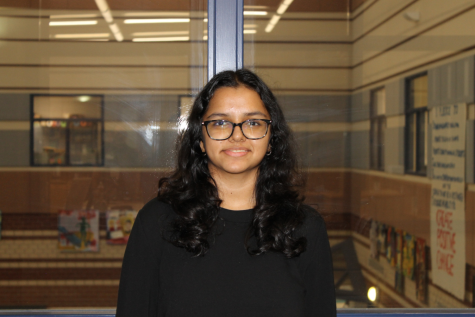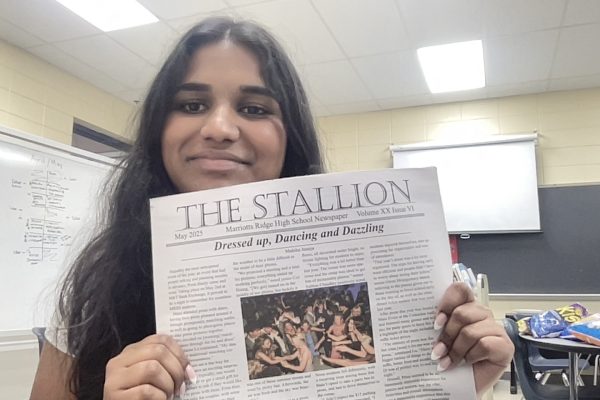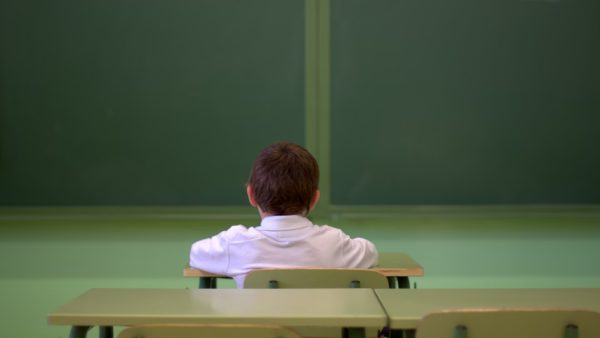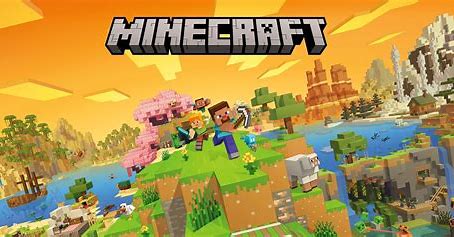New Teachers Forced to Deal With Virtual Learning
New teachers have the added stress of dealing with virtual learning on top of the normal new school stressors
Due to the pandemic and virtual learning, teachers new to our school this year have had to get to know Marriotts Ridge and its students without actually stepping foot in the building. To deal with this unique problem, many of the new teachers have come up with some creative solutions.
“The first week, we had many lessons to get to know each other. My favorite was the ‘All About Me Board’. The students had an opportunity to choose how they would respond to the prompt [Video, poem, song, picture, etc.] and tell me about them in a way that complimented their learning style,” Ms. Woodbury, a new science teacher, said.
Even in a virtual setting, the new teachers seem to be quickly becoming a part of our school community. “The staff and students at Marriotts Ridge have been great!” Mrs. Lawson, a new physics teacher, said. “I’ve felt very supported and welcomed as a new member of the science department and I can see that it’s a strong school community, even during this virtual time. I look forward to getting to know my coworkers and students better throughout the year!”
Despite these successes, the new school setting is certainly not perfect. “It is far from ideal as opposed to being in the school, but I truly believe that we are doing everything that we can in order to make the best of the current situation,” Mr. Schemm said. “I have enjoyed being able to help staff and students with technological issues, literary inquiries, and informational education questions.” As a new media specialist, Mr. Schemm has the unique job of teaching students about the online tools they can now access and how they can get books and other reading material without physically being in the building.
One struggle all teachers have been facing is adjusting their curriculums to a virtual setting. “It is definitely difficult in the English classroom, because we are so used to leading class discussions, Socratic seminars, and debates, and now we have to try to think outside the box this semester in order to figure out how we can translate these activities to a virtual setting,” Ms. Gibson, a new English teacher, said.
Many teachers have been using interactive online tools like Kahoot, Peardeck, and Quizlet to give lessons more variety and keep students engaged, which are a lot of help, even if they can’t replace face to face interaction.
The new music teacher, Mr. Dogas, said, “It’s very lonely talking to a screen of icons all day. I would encourage any student reading this to please turn on your camera and engage in class discussion by unmuting yourself at appropriate times.”
Another struggle both teachers and students have been facing is simply computer troubles. If a student or teacher’s internet cuts out, someone may miss important information. If clarification is necessary, students should feel free to contact their teachers. “Students can email or send Canvas messages at any time; I also encourage them to come to synchronous support sessions even if it’s just to check in and review upcoming assignments,” Mr. Gibson said.
When asked about the effects of virtual learning, Mr. Dogas said, “On the plus side, I think students can and should expect to see more of their teachers utilizing the features of Canvas to enhance their in-school learning. On the down side, I think the good old fashioned snow day will be a thing of the past.”
It is true, this new virtual setup certainly has its challenges, but there are also positive improvements. Students can now learn to manage their time more efficiently and feel more comfortable using canvas and other online tools.
The new teachers have been working hard to make this adjustment as easy as possible for themselves and their students, and everyone is truly doing the best they can. Everyone is looking forward to going back to school, whether it be a hybrid model or a full return when the pandemic is over.

Hi, my name is Srileka, and I’m a junior. I’m in my second year of Journalism, and I’m a writer. I love reading, writing, and I’m involved in a...

Hi, my name is Annie and I’m so excited to be serving as your Editor-In-Chief this year! I’m a senior and this is my third year in journalism and I...







